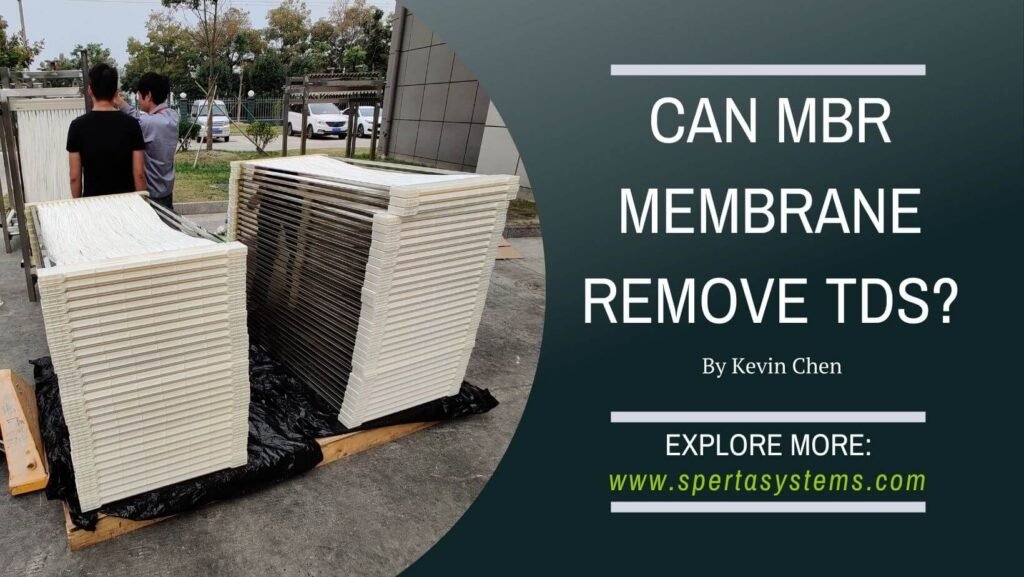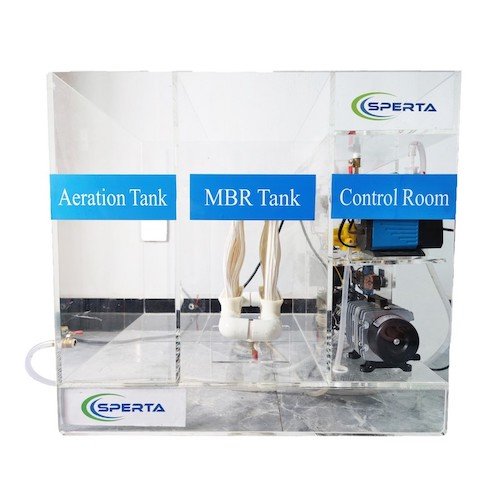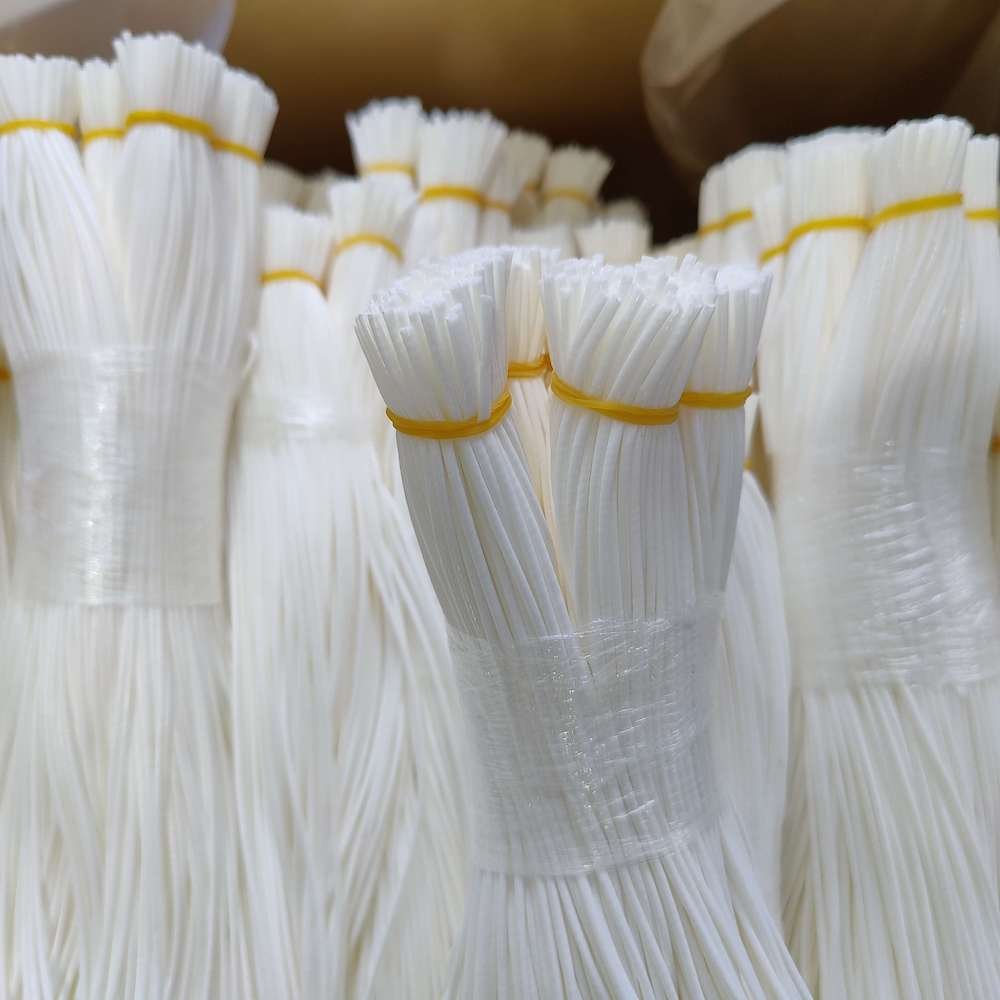MBR membrane can effectively remove Total Dissolved Solids (TDS) from wastewater. However, the extent of TDS removal by MBR membranes depends on several factors.
MBR systems employ ultrafiltration membranes with specific pore sizes ranging from 0.01 to 0.1 micrometers. These membranes filter out suspended solids, bacteria, and larger molecules. While they are highly effective at removing such particles, their performance in removing smaller ions and molecules contributing to TDS can vary.
In practical terms, MBR membrane systems reduce TDS levels in treated water but may not achieve complete removal. The exact TDS removal rate can be influenced by factors such as the type of membrane used, the membrane’s pore size, and the specific characteristics of the TDS present in the water.
It’s important to note that MBR technology is primarily designed for the removal of solids and biological contaminants from wastewater. While it can contribute to TDS reduction, it may not be the sole solution for achieving specific TDS targets. To address TDS concerns, it’s advisable to consider additional treatment processes or consult with water treatment experts who can tailor a comprehensive solution based on your water quality goals.

If you have any further inquiries or require more details about MBR membranes, please don’t hesitate to get in touch with SPERTA.
Shanghai SPERTA Environmental Technology Co., Ltd. is a well-established company with years of experience in manufacturing water treatment products. We specialize in producing components for MBR membranes and possess the expertise in this field. Our production capacity is substantial, and our goal is to establish a reputable global brand for MBR production and distribution. If you have any specific requirements or questions, please feel free to reach out to us.












